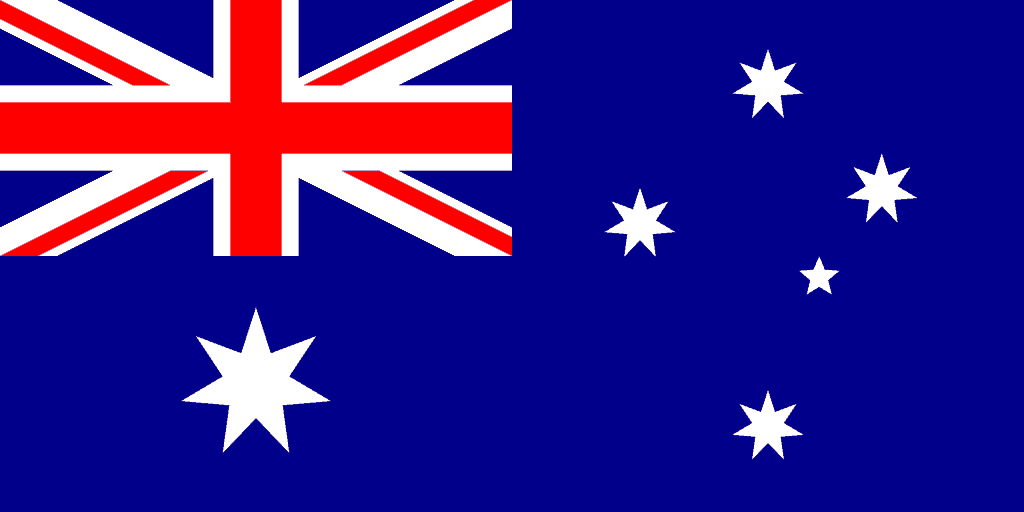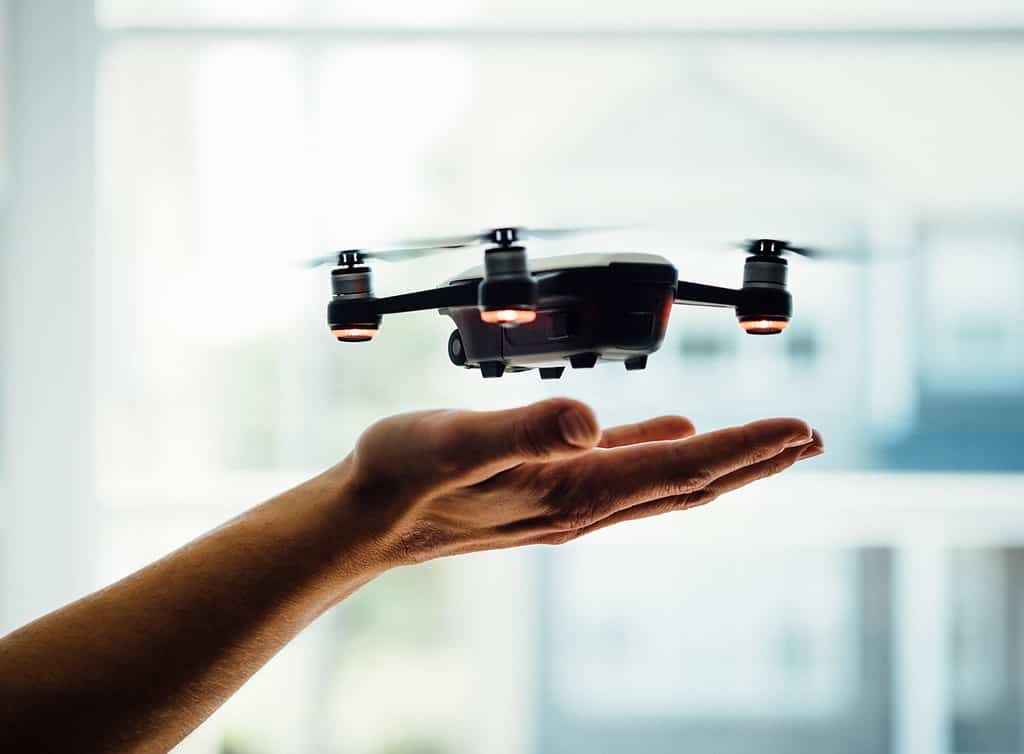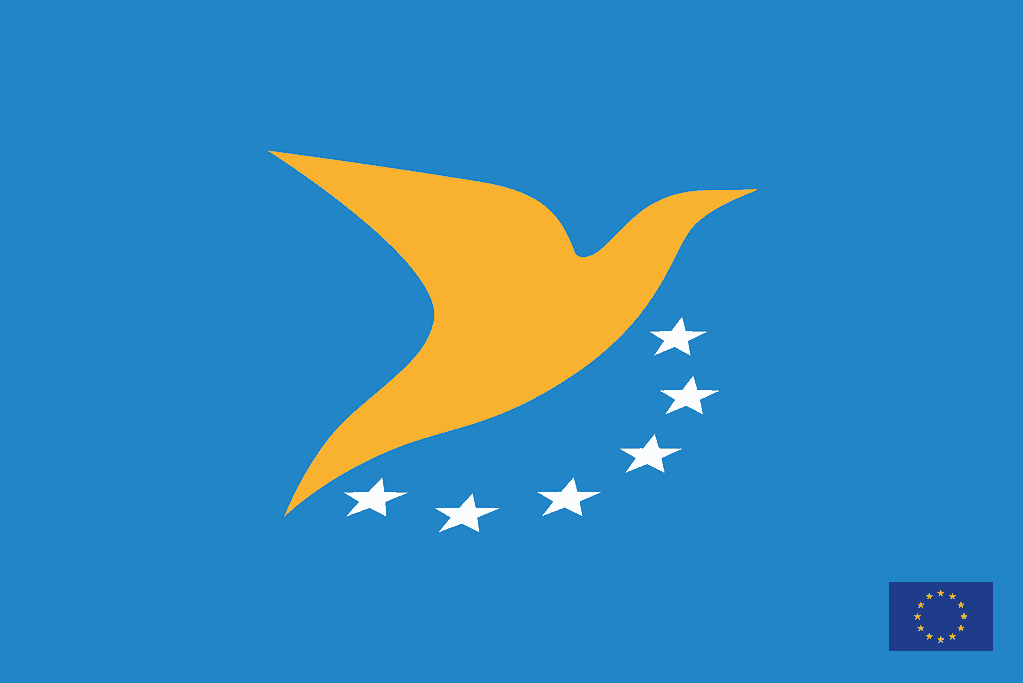Summary of Drone Laws in Australia
Hobbyist Drone Laws For Residents of Australia
Drone Operations in Australia are currently regulated.
- Hobbyist drone flights are allowed in Australia
- Hobbyist Australia drone pilot license is required
- Hobbyist Drone registration is not required in Australia for hobbyists (The registration rule has been delayed)
- Drone Remote ID is not required in Australia for hobbyists
- Drone Insurance is not required but recommended for hobbyists’ drone operations in Australia
Read below for more details on Hobbyist Drone Laws in Australia and to find links to regulators and other credible sources!
Commercial Drone Laws For Residents of Australia
Drone Operations in Australia are currently regulated.
- Commercial drone flights are allowed in Australia
- Commercial Australia drone pilot license is required
- Commercial Drone registration is required in Australia for commercial drone operators
- Drone Remote ID is not required in Australia for Commercial Drone Operators
- Drone Insurance is not required but recommended for commercial drone operations in Australia
Read below for more details on Commercial Drone Laws in Australia and to find links to regulators and other credible sources!
Drone Laws For Visitors To Australia
Drone Operations in Australia are currently regulated.
- Foreign visitor drone flights are allowed in Australia
- Foreign visitor drone pilot license is not required
- Drone registration is not required in Australia for visitors/tourists
- Drone Remote ID is not required in Australia for tourists
- Drone Insurance is not required but recommended for tourist drone operations in Australia
Read below for more details on Drone Laws in Australia for Visitors (Tourists) and to find links to regulators and other credible sources!
Drone Laws For Government Drone Operators in Australia
Drone Operations in Australia are currently regulated.
- Government drone flights are allowed in Australia
- Government drone pilot license is required
- Drone registration is required in Australia for Government operations
- Drone Remote ID is not required in Australia for Government operations
- Drone Insurance is not required for Government drone operations in Australia
Read below for more details on Drone Laws in Australia for Government Drone Operations and to find links to regulators and other credible sources!
Agencies Responsible for regulating drones in the Commonwealth of Australia
Civil Aviation Safety Authority of Australia
UAS Laws – General rules for flying drones in Australia
The Australian agency responsible for drone safety, CASA, has provided many internet-accessible details on flying for fun or work. The highlights are enumerated below. For more details go to the link above.
Are drones allowed in Australia?
According to CASA, drones are allowed in Australia for recreational and commercial use, subject to CASA regulations. Read on for details.
Notes for recreational drone pilots flying for fun in Australia
NOTE: The Australian Government has decided to pause the planned introduction of a registration scheme for recreational drones (model aircraft) more than 250 g which was due to commence on 1 July 2023. Registration is still required of Commercial Drones (see below).
You must not fly your drone higher than 120 meters (400 feet) above ground level.
You must keep your drone at least 30 meters away from other people.
You must only fly one drone at a time.
You must keep your drone within the visual line of sight. This means always being able to see the drone with your own eyes (rather than through a device, screen, or goggles).
You must not fly over or above people or in a populous area. This could include beaches, parks, events, or sports ovals where there is a game in progress.
Respect personal privacy. Don’t record or photograph people without their consent — this may breach other laws.
If your drone weighs more than 250 grams, you must fly at least 5.5 kilometers away from a controlled airport, which generally has a control tower at them.
Remember, you must not operate your drone in a way that creates a hazard to another aircraft, person, or property.
You must only fly during the day and not through clouds or fog.
You must not fly your drone over or near an area affecting public safety or where emergency operations are underway. This could include car crashes, police operations, fire or firefighting efforts, or search and rescue.
If you’re near a helicopter landing site or a smaller aerodrome without a control tower, you can fly your drone within 5.5 kilometers. If you become aware of manned aircraft nearby, you will have to maneuver away and land your drone as quickly and safely as possible.
If you intend to fly your drone for or at work (commercially), there are extra rules you must follow. You may need a remote pilot license (RePL) or fly in the excluded category.
Notes for operating Commercial Drone Services in Australia
Flying for work
If you’re flying for work or for your employer, you must have either:
- an operator accreditation to fly a drone:
- 2 kg or less
- More than 2kg but no more than 25 kg, and you only fly it over your own land.
- a remote pilot license (RePL) and operate for an individual or business that holds a remotely piloted aircraft operator’s certificate (ReOC) to fly a drone of more than 2 kg.
Age limits
There is no age limit to fly a drone for sport or recreation. To fly for work or for your employer, you must be 16 years or older to:
Flying an RPA Weighing Less Than 2KG
If your remotely piloted aircraft (RPA) weighs less than 2kg, you can fly it for or at work (commercially). You must follow the standard operating conditions, notify CASA of your intention to fly, and keep the required records. If you want to fly commercially outside these rules, you’ll need to get a remote pilot license (RePL).
Flying A Small (2-25KG) Or Medium (25-150KG) RPA Over Your Own Property
You can fly commercially over your own land, provided you are the landowner or leaseholder, and you own the RPA.
For small RPA (2-25kg), you must follow the standard operating conditions, and you must not accept payment or reward. You can also fly a medium (25-150kg) RPA over your own land, provided you hold a remote pilot license (RePL) and register the RPA with CASA.
Getting A Drone Pilot License in Australia (Remote Pilot Licence – RePL)
Before you can get your license, you’ll need to complete the required training through a certified training provider. For more information, go to casa.gov.au/drones
If you intend to fly your RPA for or at work (commercially), there are extra rules you must follow. You may also need to register your RPA and get a license or accreditation.
You must not fly your RPA higher than 120m (400ft) above ground level.
You must keep your RPA at least 30m away from other people.
If your RPA weighs more than 100g, you must fly at least 5.5 km away from a controlled airport, which generally has a control tower at them.
If you’re near a helicopter landing site or a smaller aerodrome without a control tower, you can fly your RPA within 5.5 km. If you become aware of manned aircraft nearby, you will have to maneuver away and land your RPA as quickly and safely as possible.
You must not fly over or above people or in a populous area.
You must keep your RPA within the visual line of sight.
You must not fly your RPA over or near an area affecting public safety or where emergency operations are underway (without prior approval).
Remember, you must not operate your RPA in a way that creates a hazard to another aircraft, person, or property.
Respect personal privacy. Don’t record or photograph people without their consent—this may breach other laws.
You must only fly one RPA at a time.
You must only fly during the day and not through clouds or fog.
Registration of Commercial Drones is required.
Registration for drones, remotely piloted aircraft (RPA), and flying for business or as part of your job is now required.
Some drones don’t need to be registered now. This applies if:
- you don’t intend to fly your drone
- you’re only flying for sport or recreation, including model aircraft flown at CASA-approved model airfields
- you’re a commercial drone repairer or manufacturer, but you must keep records.
Registration is:
- quick, easy, and online
- valid for 12 months.
The requirements
If you fly a drone, or remotely piloted aircraft (RPA), for business or use one as part of your job, you must register it before you fly.
This applies to all drones that you fly to provide any type of service – no matter how much it weighs. This may include activities such as:
- selling photos or videos are taken from a drone
- inspecting industrial equipment, construction sites, or infrastructure
- monitoring, surveillance, or security services
- research and development
- any drone activities on behalf of your employer or business.
You must be 16 or older to register a drone.
You must also get an RPA operator accreditation if you fly your drone for business or use one as part of your job unless you have a remote pilot license (RePL) or only fly for sport or recreation.
Registration levy
For drones flown for business or used as part of your job:
- 500 g or less, it’s free to register
- more than 500 g, a registration levy of $40 per drone applies.
Registration is mandatory. In exceptional circumstances, you may be eligible to apply for a refund of the remotely piloted aircraft (RPA) registration levy.
Register your drone now.
It only takes a few minutes to register your drone using myCASA.
For more information, visit: https://casa.gov.au/drones
Useful published information on flying drones in Australia
Here is a useful introduction video provided by CASA…
Authoritative Sources of Information on Australia Drone Laws
We will attempt to keep an updated list of online authoritative links to regulators and other official websites here:
- Drone Regulator Website: Civil Aviation Safety Authority of Australia
- Link To SUAS Laws: Drone Rules
- No Fly Zone Maps/Locations: Drone Safety Apps Recommended by CASA
- UAV Registration Site: MyCASA Registration Portal
- Drone Operator Licensing Site: MyCASA Certification Portal
- Others: N/A
NOTE: This page is about the Regulation of Unmanned Aerial Vehicles: Small Unmanned Aerial Systems (SUAS), Small UAS, Remote Piloted Aerial Systems (RPAS), unmanned aerial vehicle (UAV), Unmanned Aerial System (UAS), and drone are interchangeable terms unless specified. Model Aircraft, toy, remote-controlled, and RC aircraft may be covered by the same regulations unless specified.
Find out why
We think you must use a Drone Preflight Checklist
And a Drone Post-flight checklist
Free Drone Flight Checklist PDF
This Drone Flight Checklist is better than others.
It’s free!
It includes both the preflight checklist and post-flight checklist
It’s an easy-to-use printable PDF that covers all your bases.
Traveling with a Drone?
Click here to read our Comprehensive Guide For Traveling With A Drone.
NOW IT’S YOUR TURN




Leave a Comment